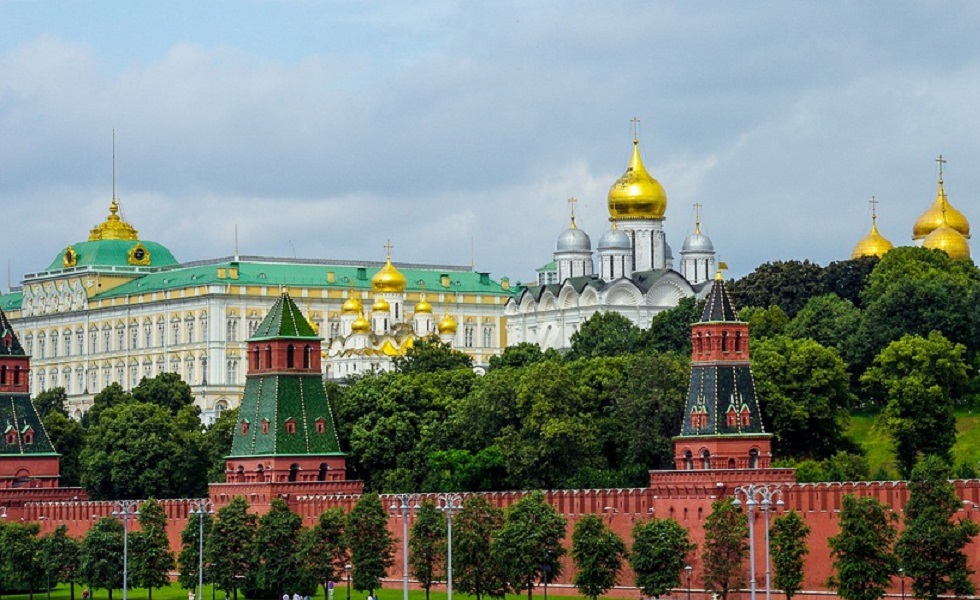MUFG EM EMEA: The economic costs of the conflict – one month on
MUFG EM EMEA: The economic costs of the conflict – one month on

Russia’s invasion of Ukraine, the resulting sanctions and associated worsening in risk appetite compounds a stagflationary environment – portmanteau of high inflation and low growth – that predates the conflict, across EMs.
As if the complexities needed any further headwinds, rising COVID case numbers in China and the toll of maintaining a zero-COVID policy in the presence of the more transmissible Omicron variant have brought pandemic risks back in focus for the EM growth outlook.
FX views
The resilience of EM FX has been again evident despite US yields continuing to rise sharply both at the short and long end of the curve, which has only encouraged a narrow rally of the USD so far against other low yielding major FX such as JPY, EUR, CHF and GBP – and not too disruptive for financial market stability.
Week in review
A 100bp emergency rate hike in Egypt as well as a large FX devaluation are a testament of the authorities in taking the necessary steps to align their policy framework with domestic and global realities, Meanwhile, Russia has made two FX bond payments to date with the near-term probability of default centred more on the willingness rather than the ability to pay. Separately, South Africa hiked rates by 25bp as expected.
Week ahead and calendar
In the week ahead, PMI surveys for March will offer markets the first ramifications of Russia’s invasion of Ukraine on corporate sentiment. Meanwhile, we expect the Czech Republic to hike by 50bp taking rates to 5.0% and inflation in Poland to print higher at 9.7% y/y in March owing to elevated energy prices.
Forecasts at a glance
We continue to expect the easing of pandemic effects to supporting recoveries, although the going will get tougher in EMs – key risks stem from a tightening in global financial conditions and a lower gear in China.
Core indicators
EMs witnessed the fifth consecutive week of outflows (USD-1.4bn), owing to a continuation of broad contagion from the geopolitical crisis as well as an ongoing tightening in global liquidity conditions.

